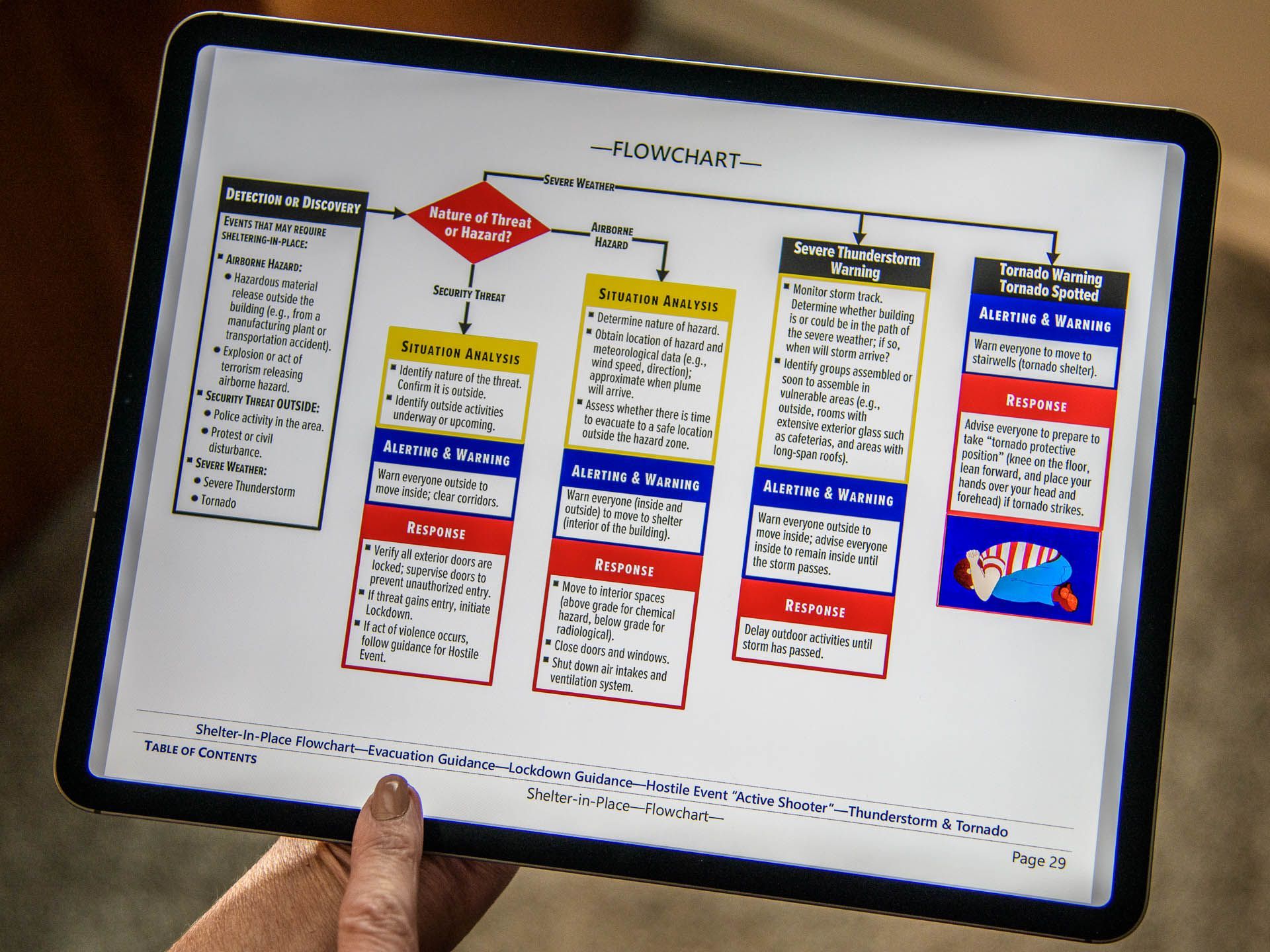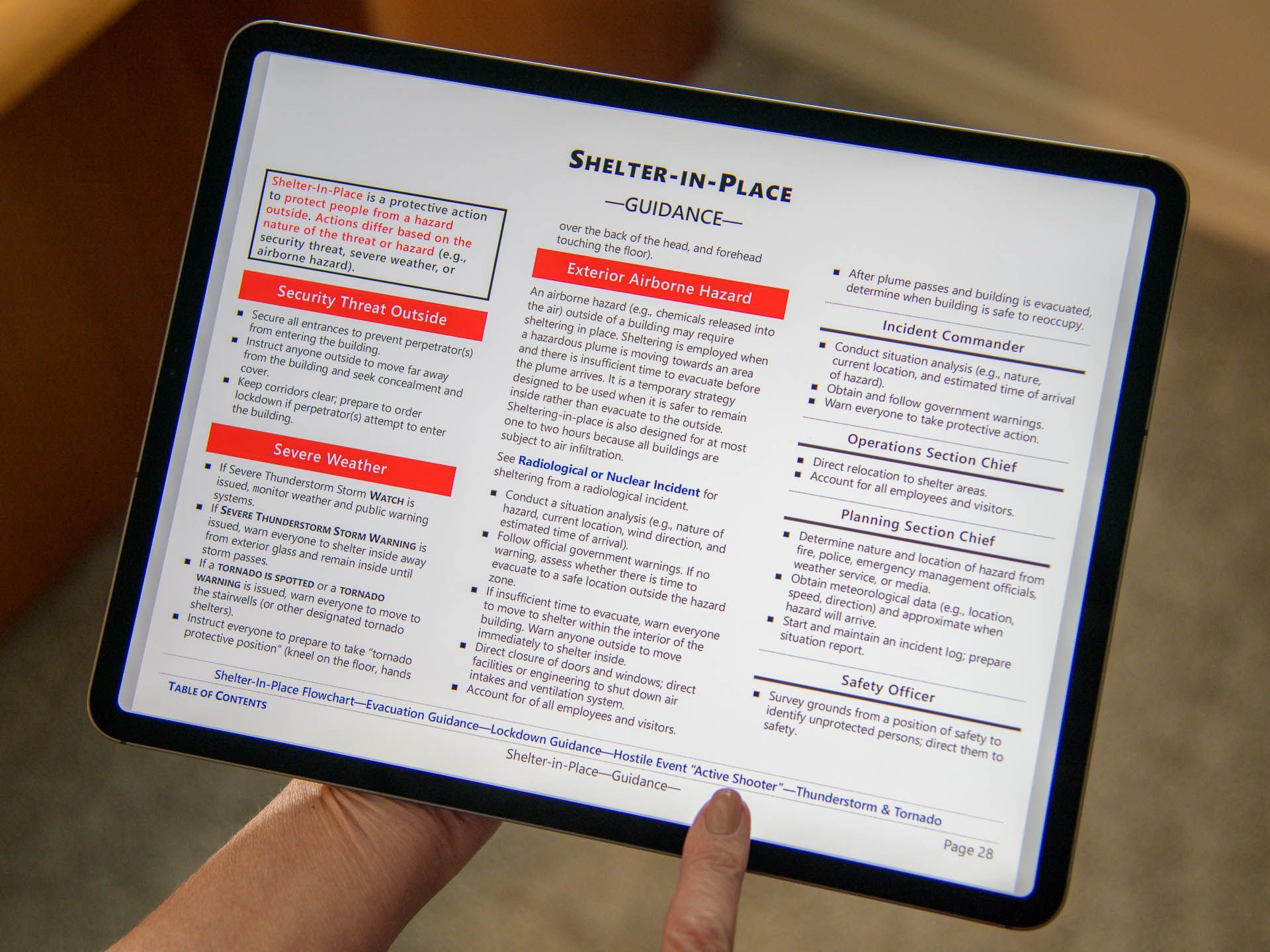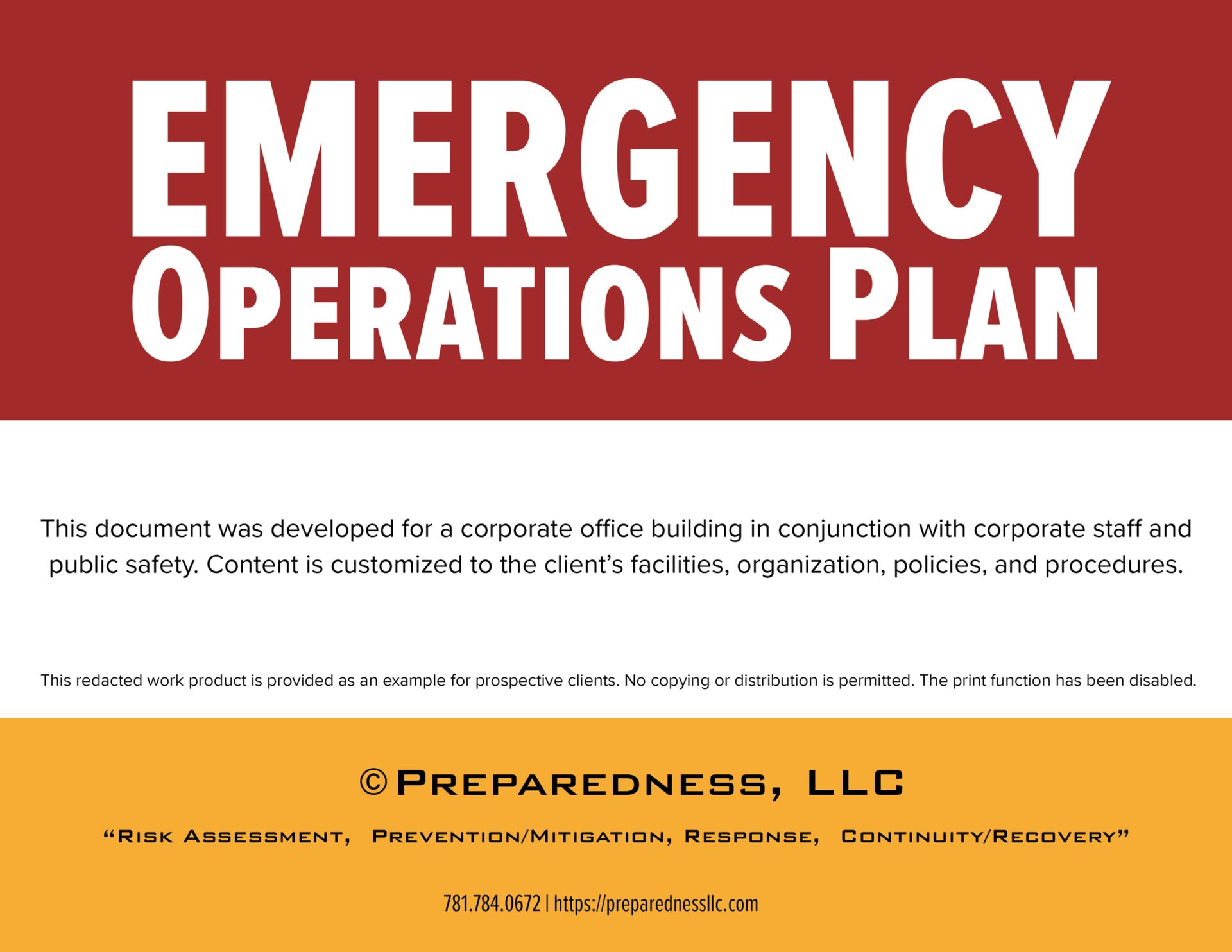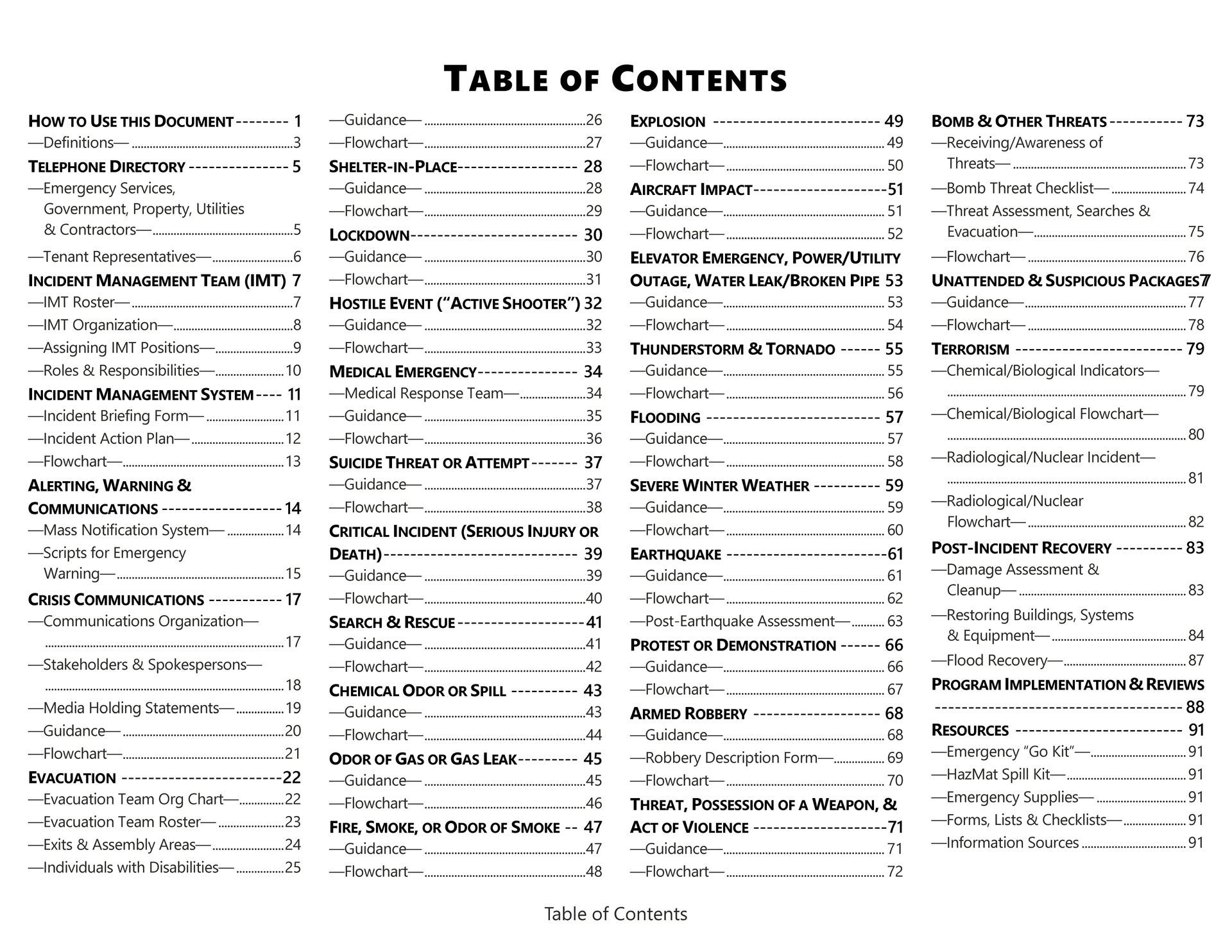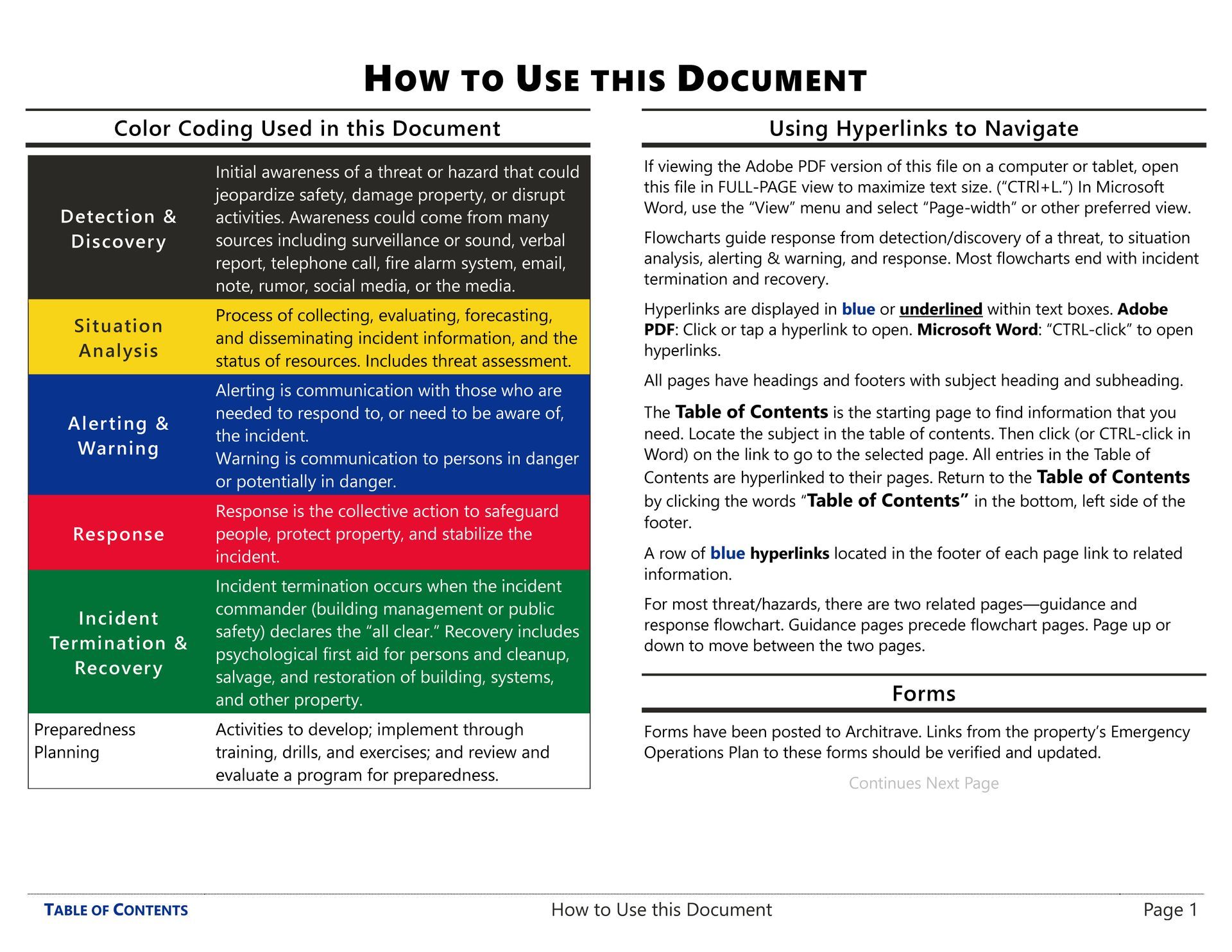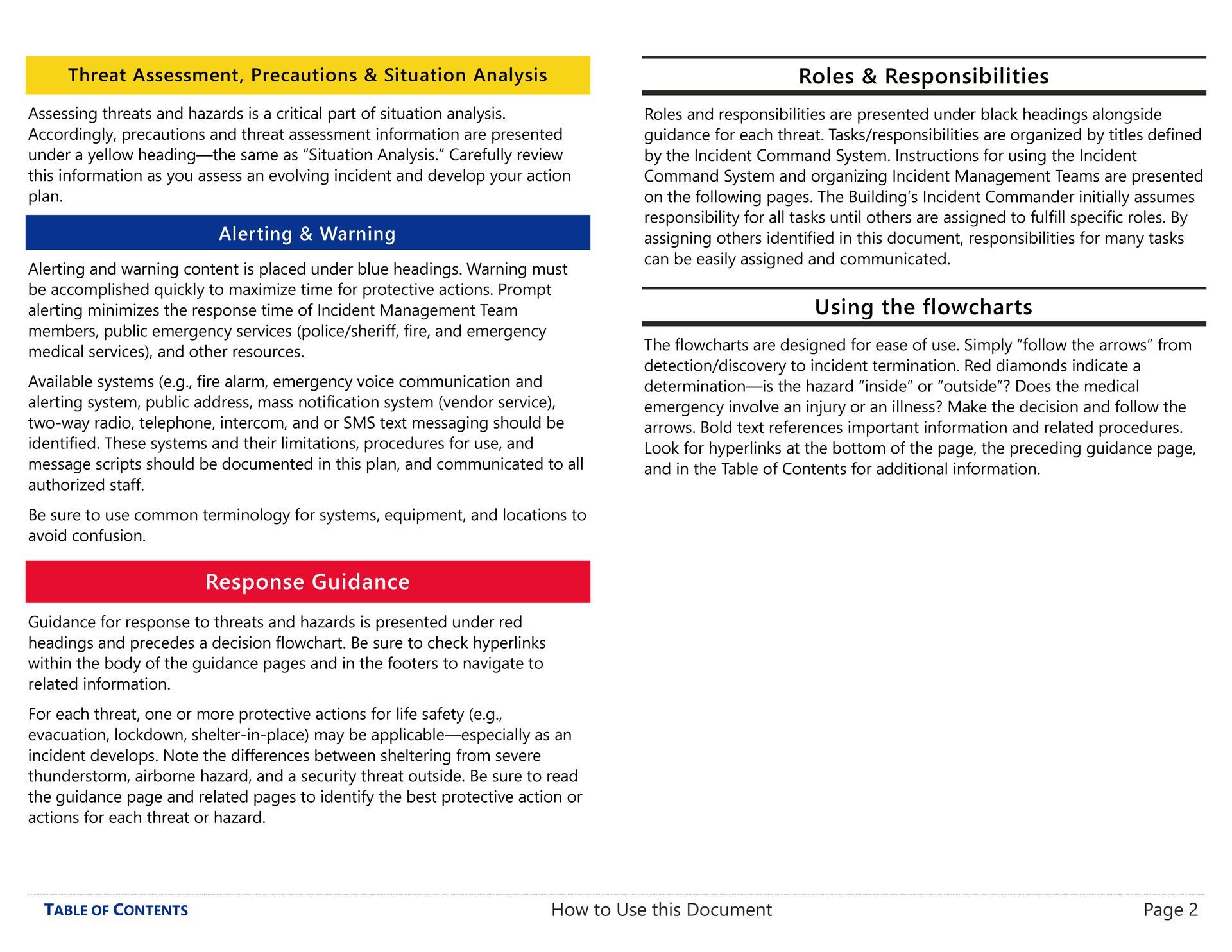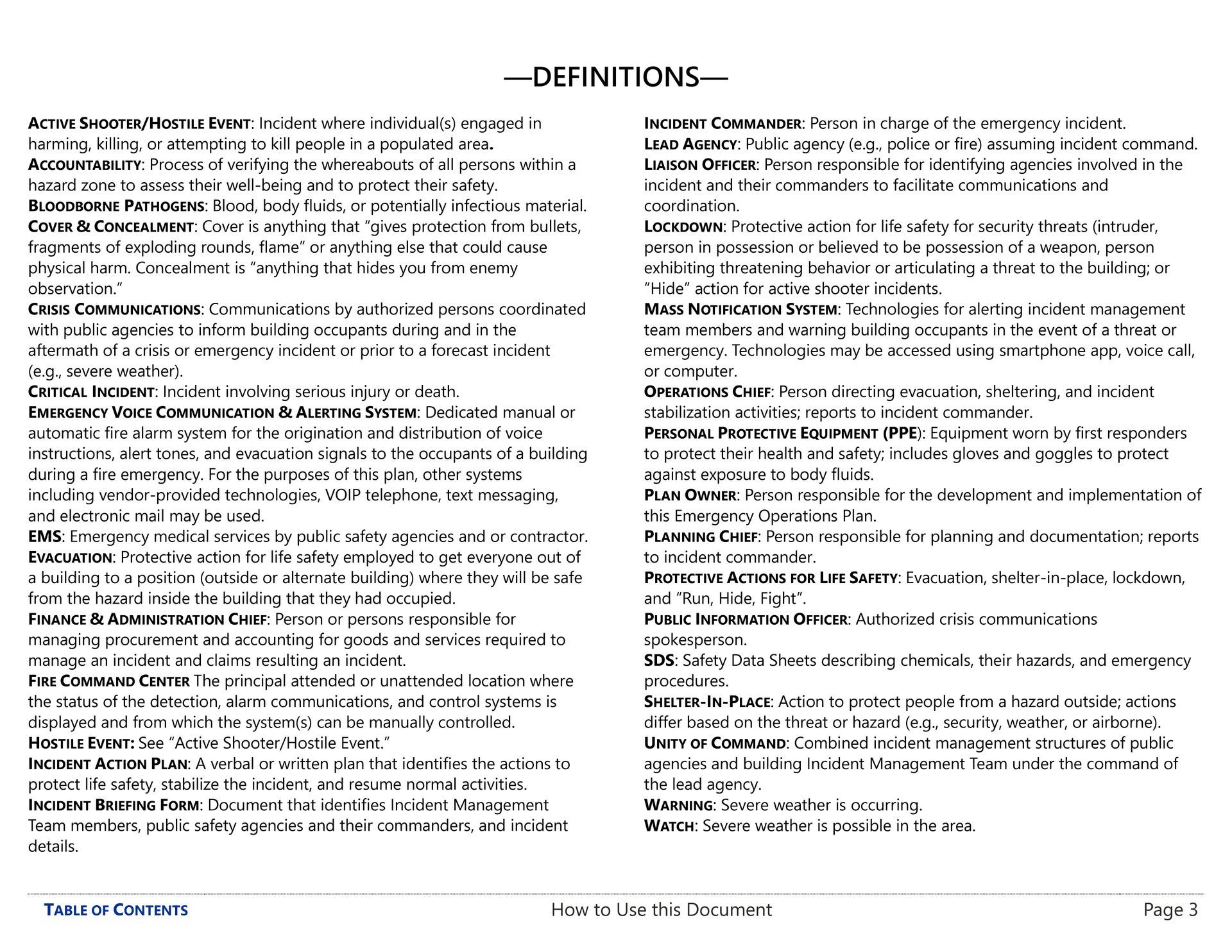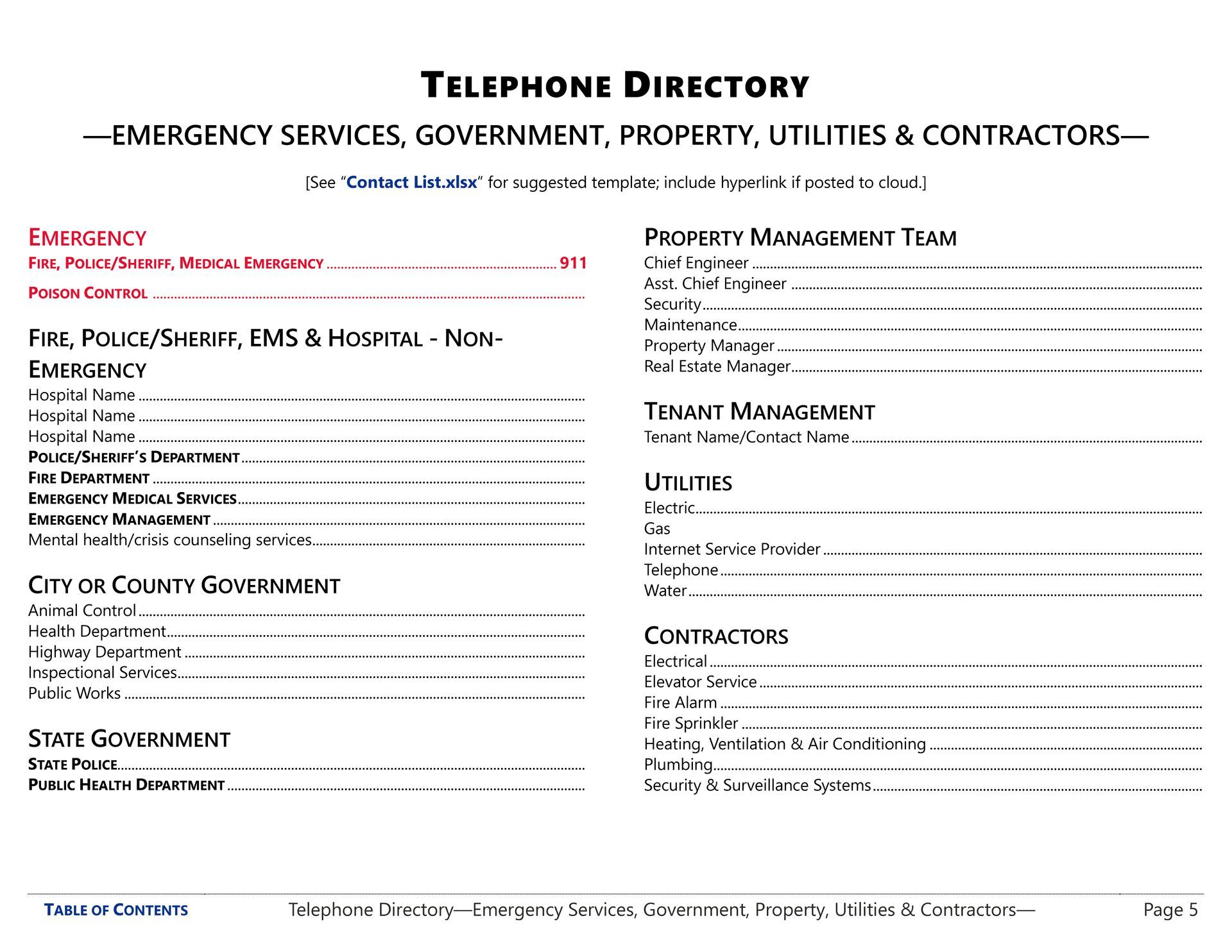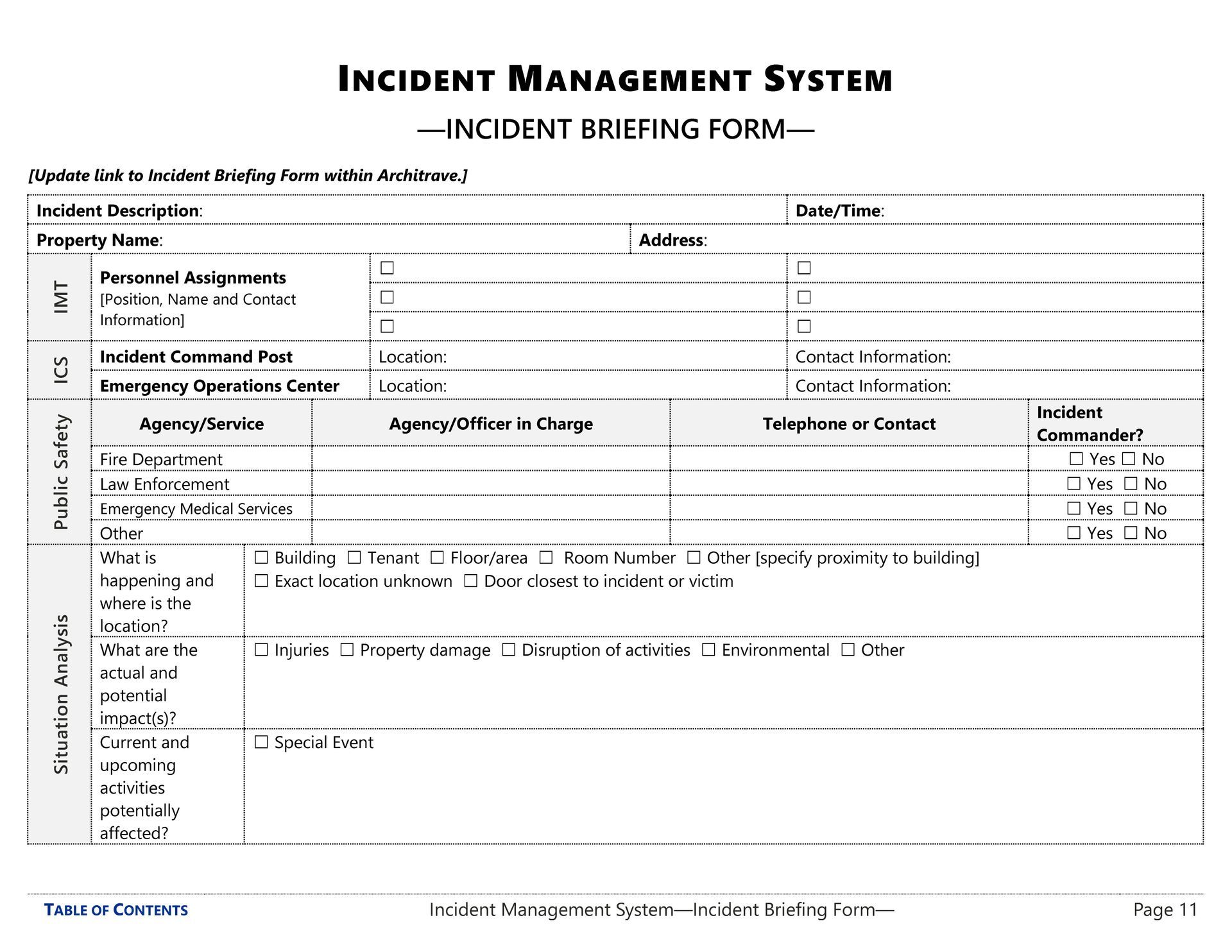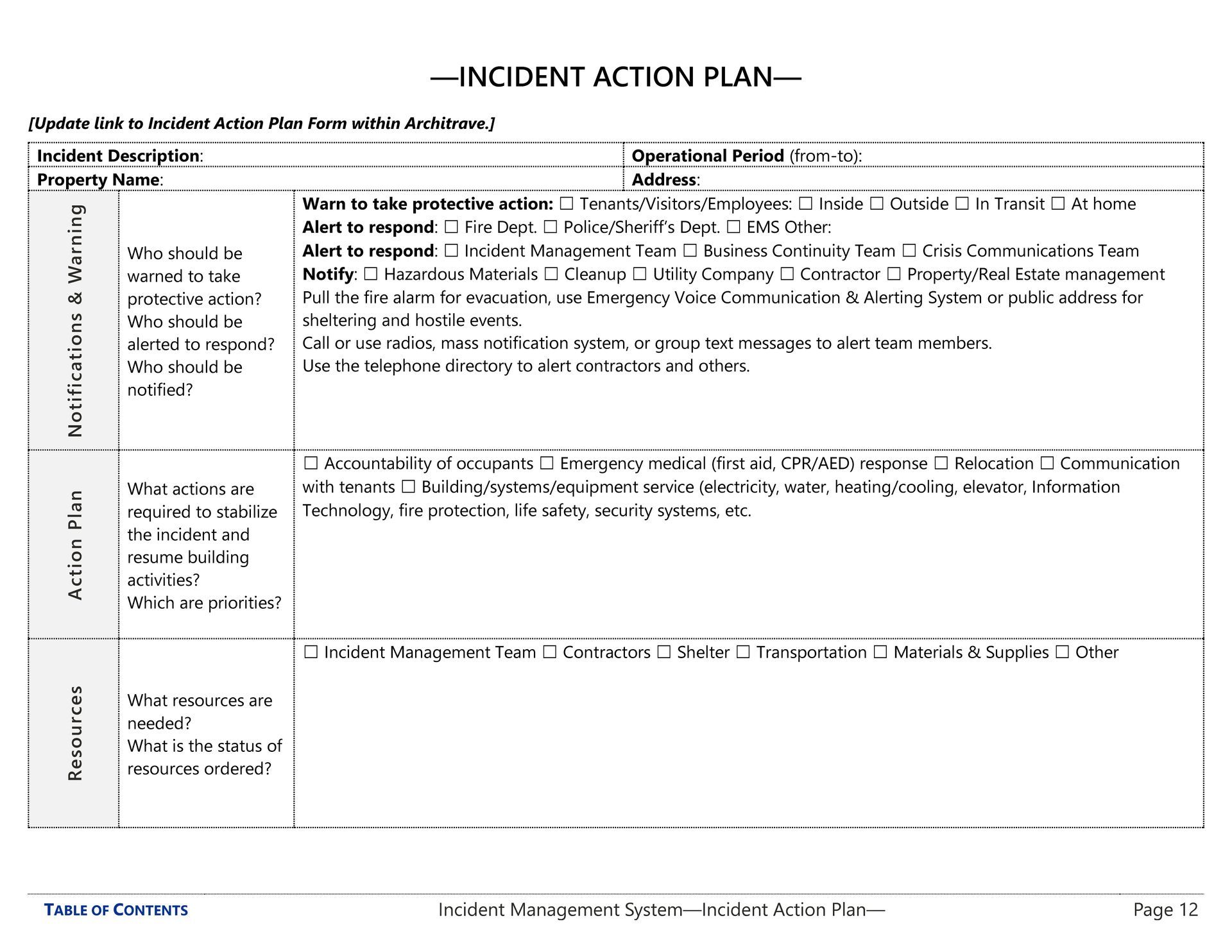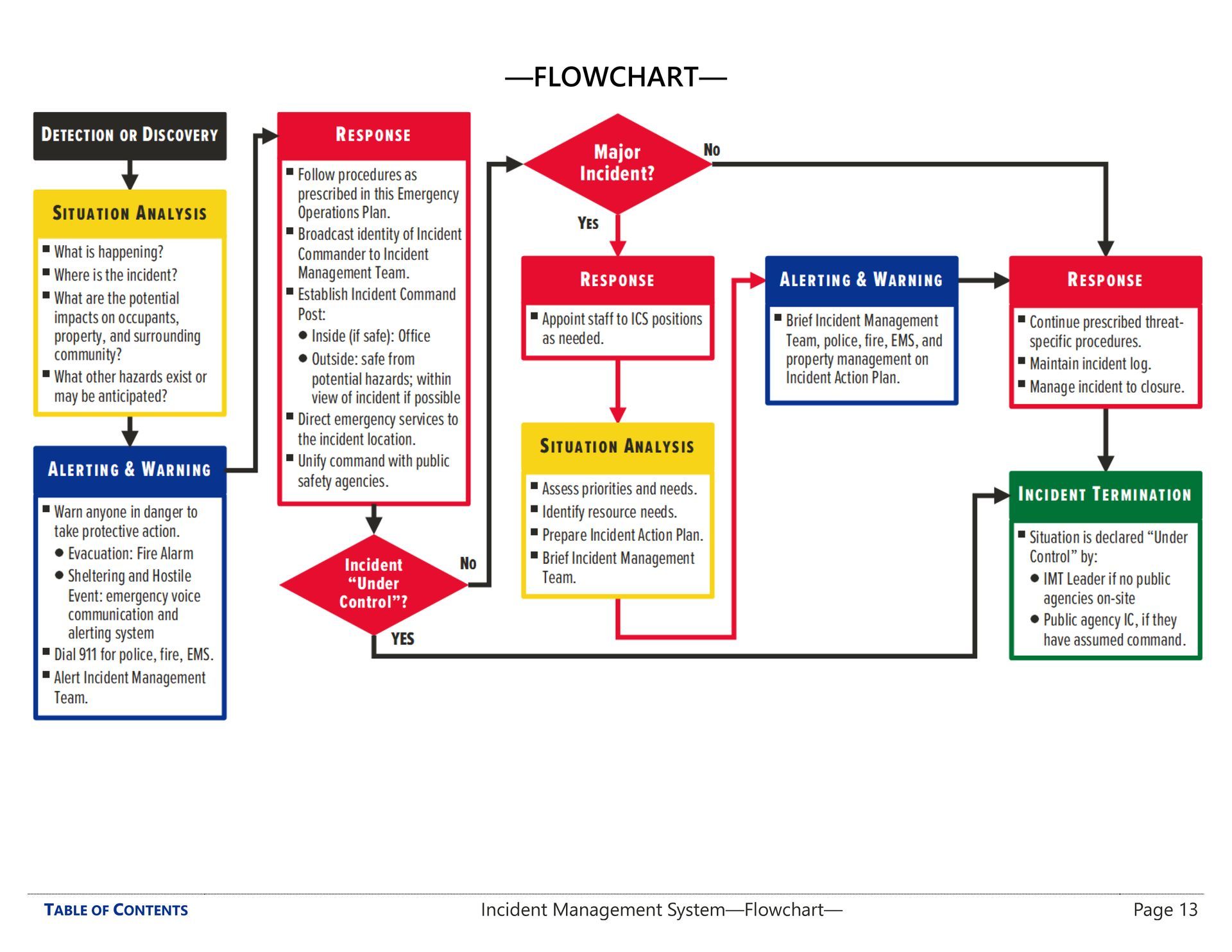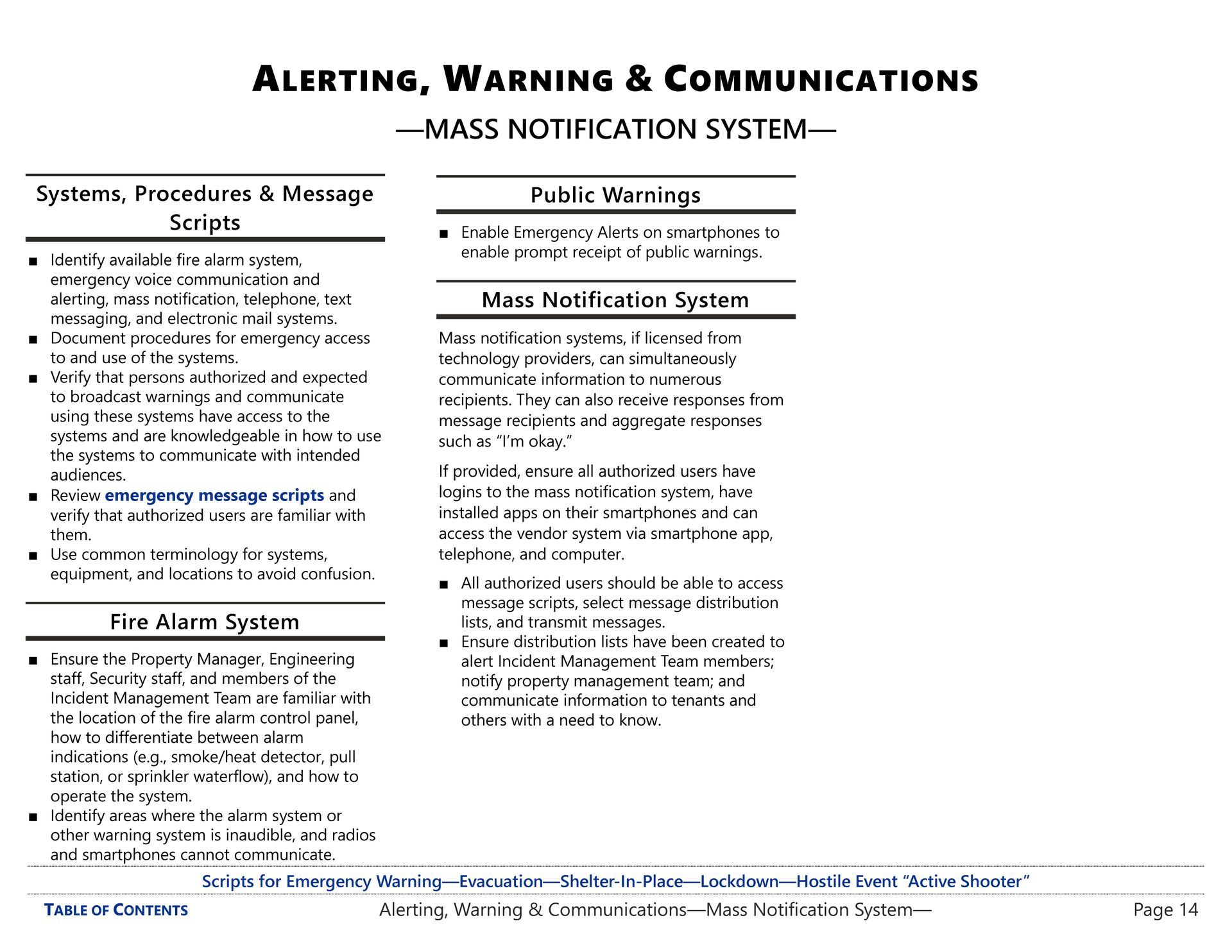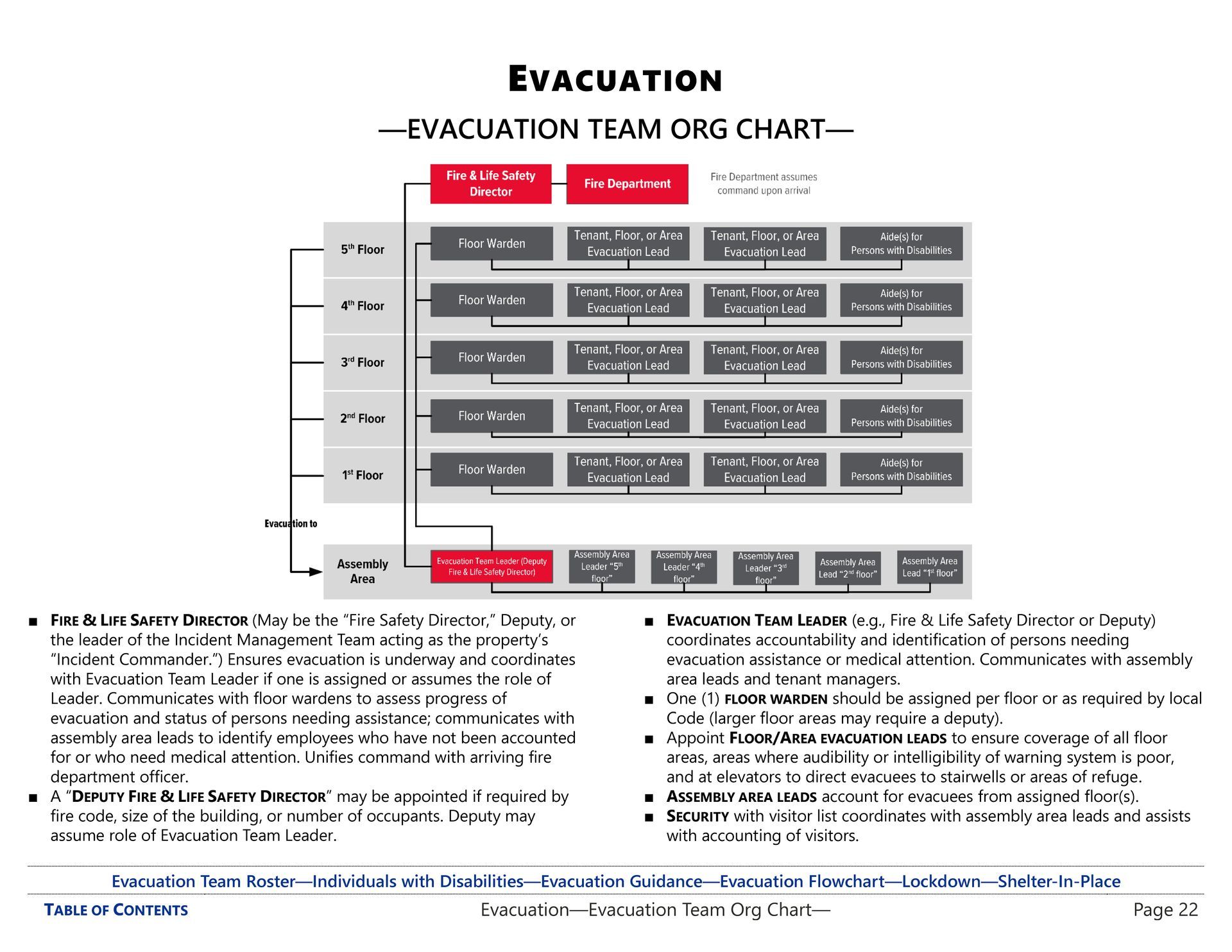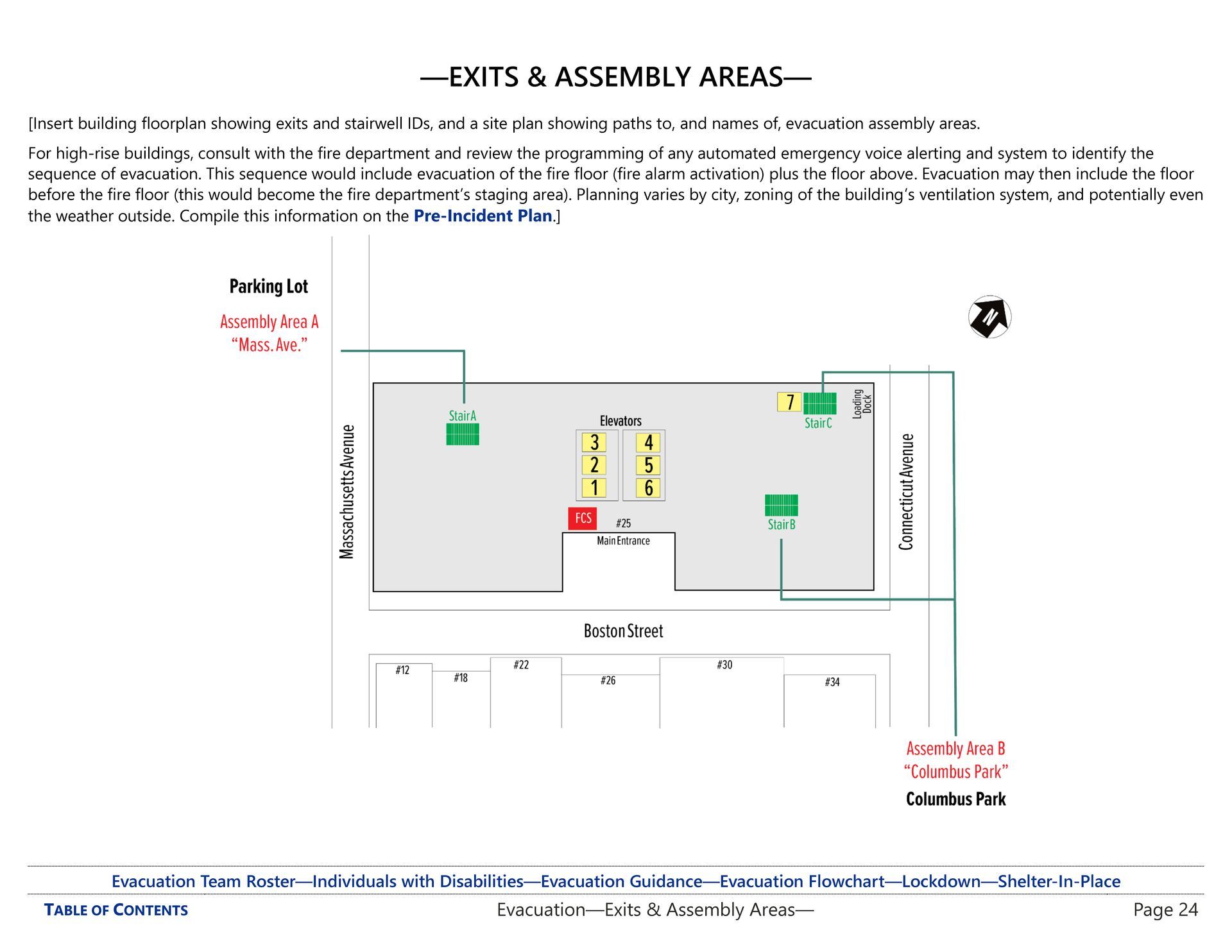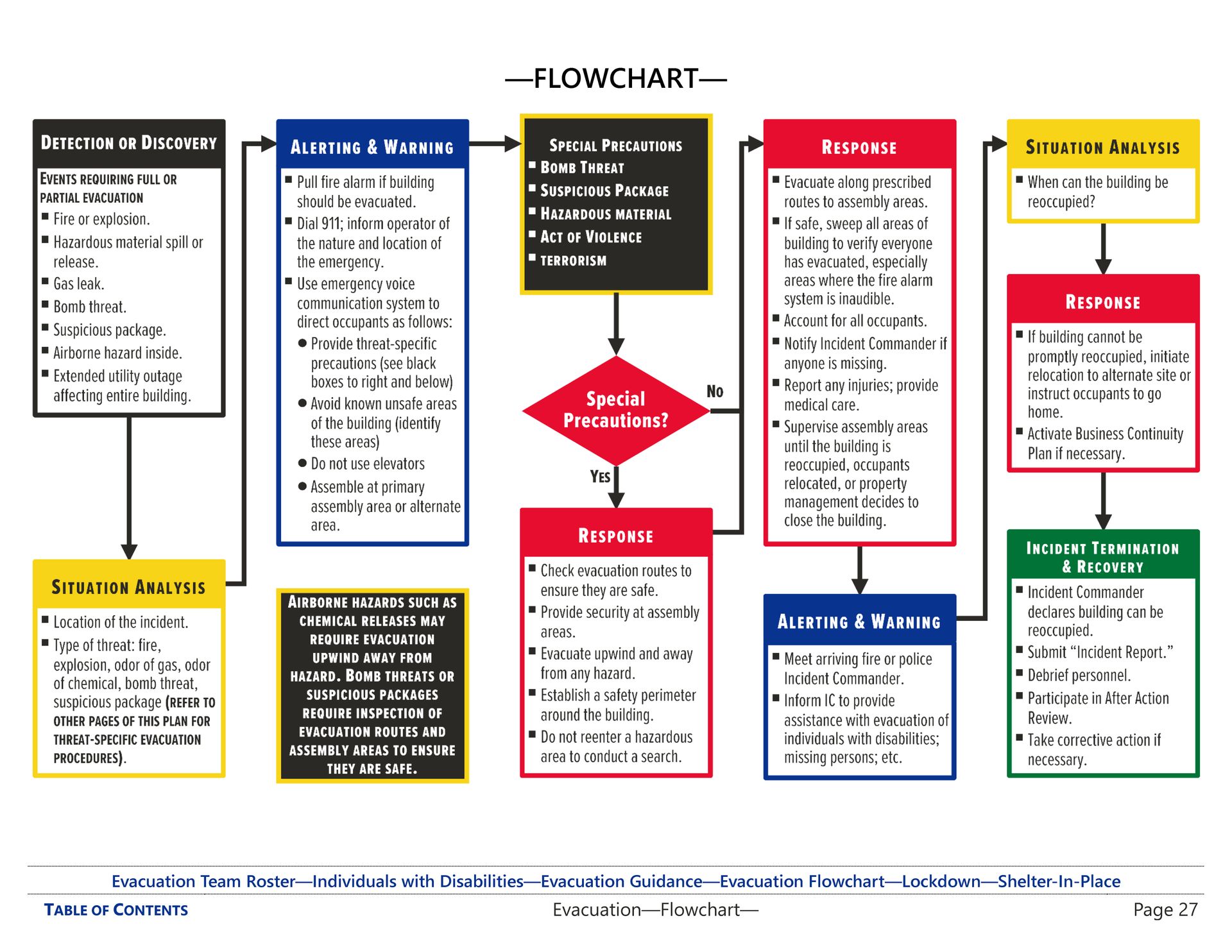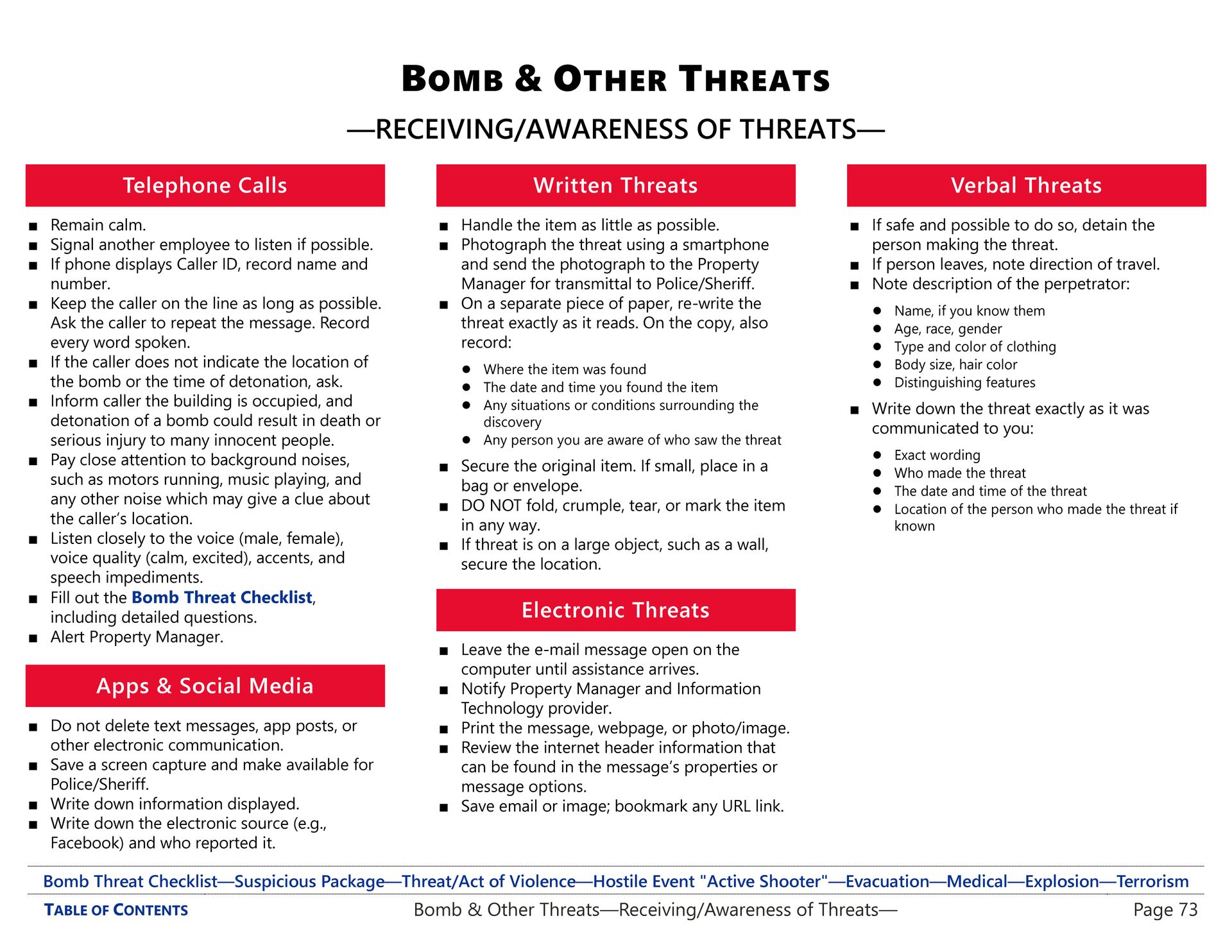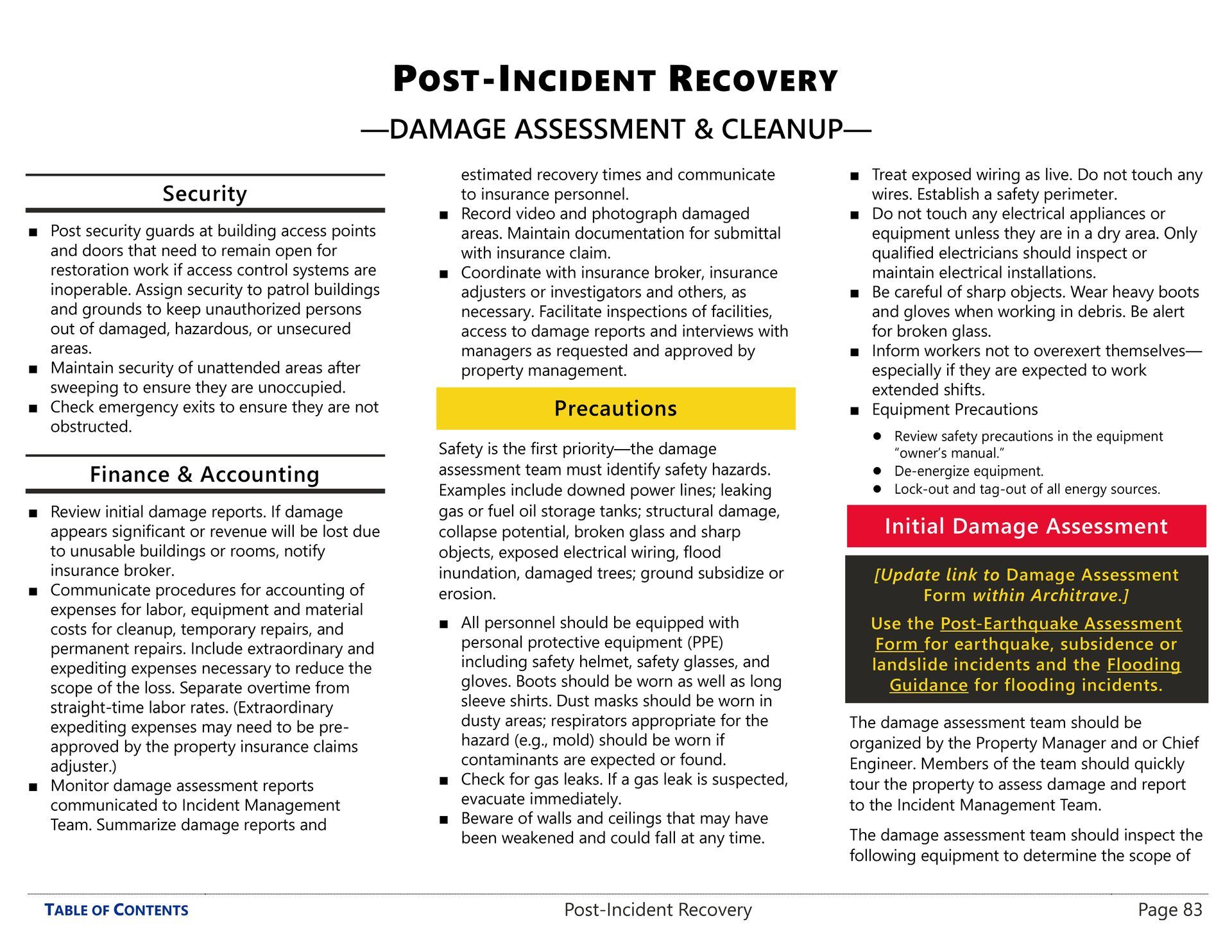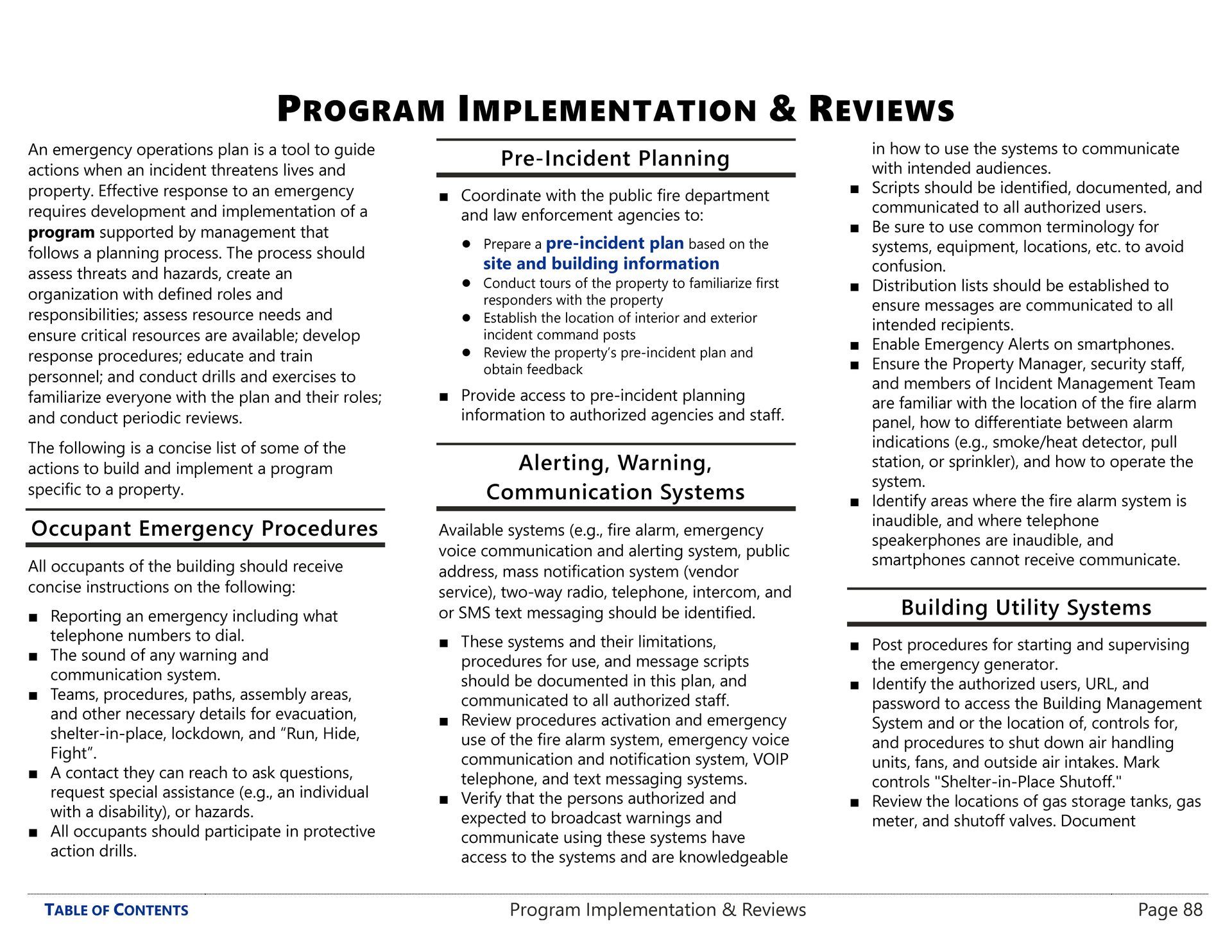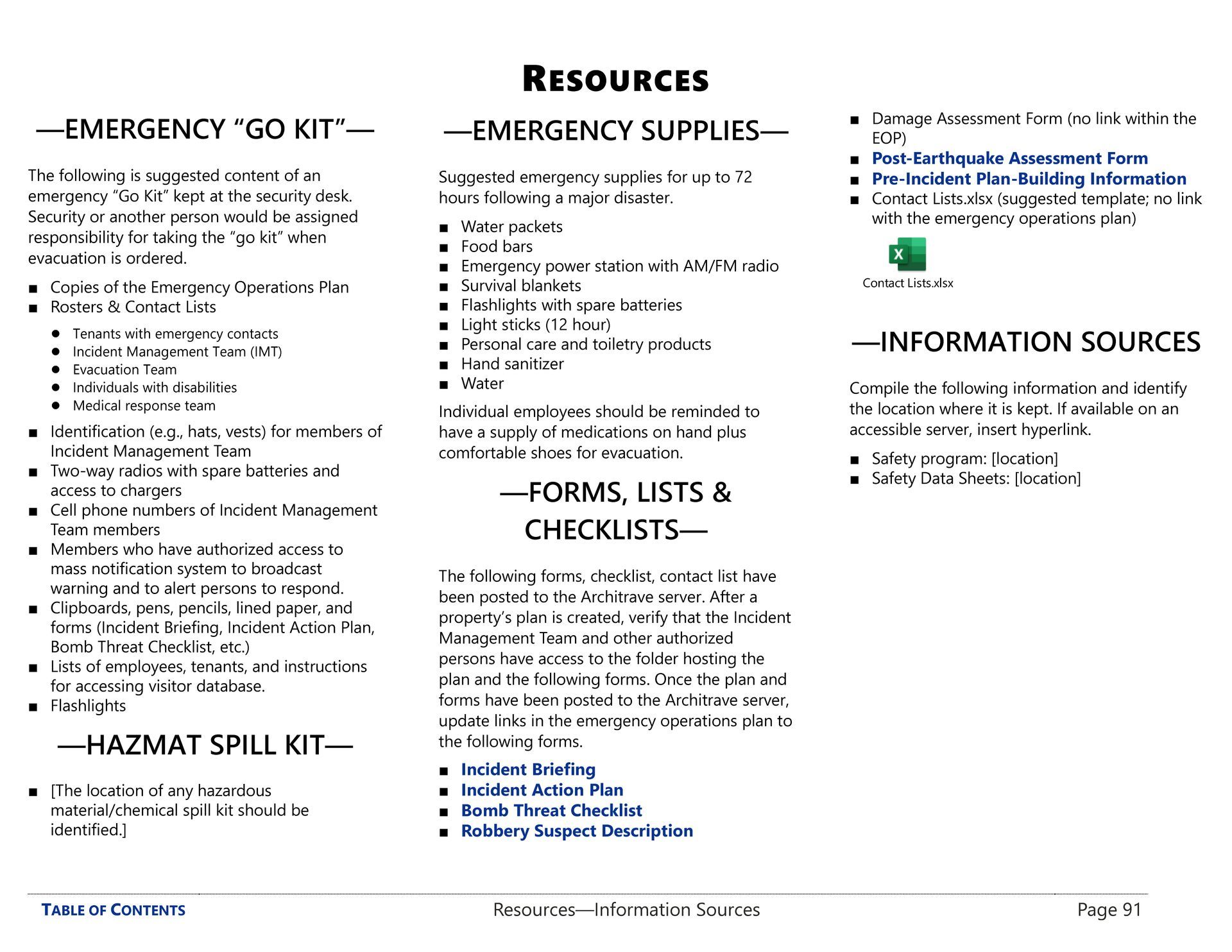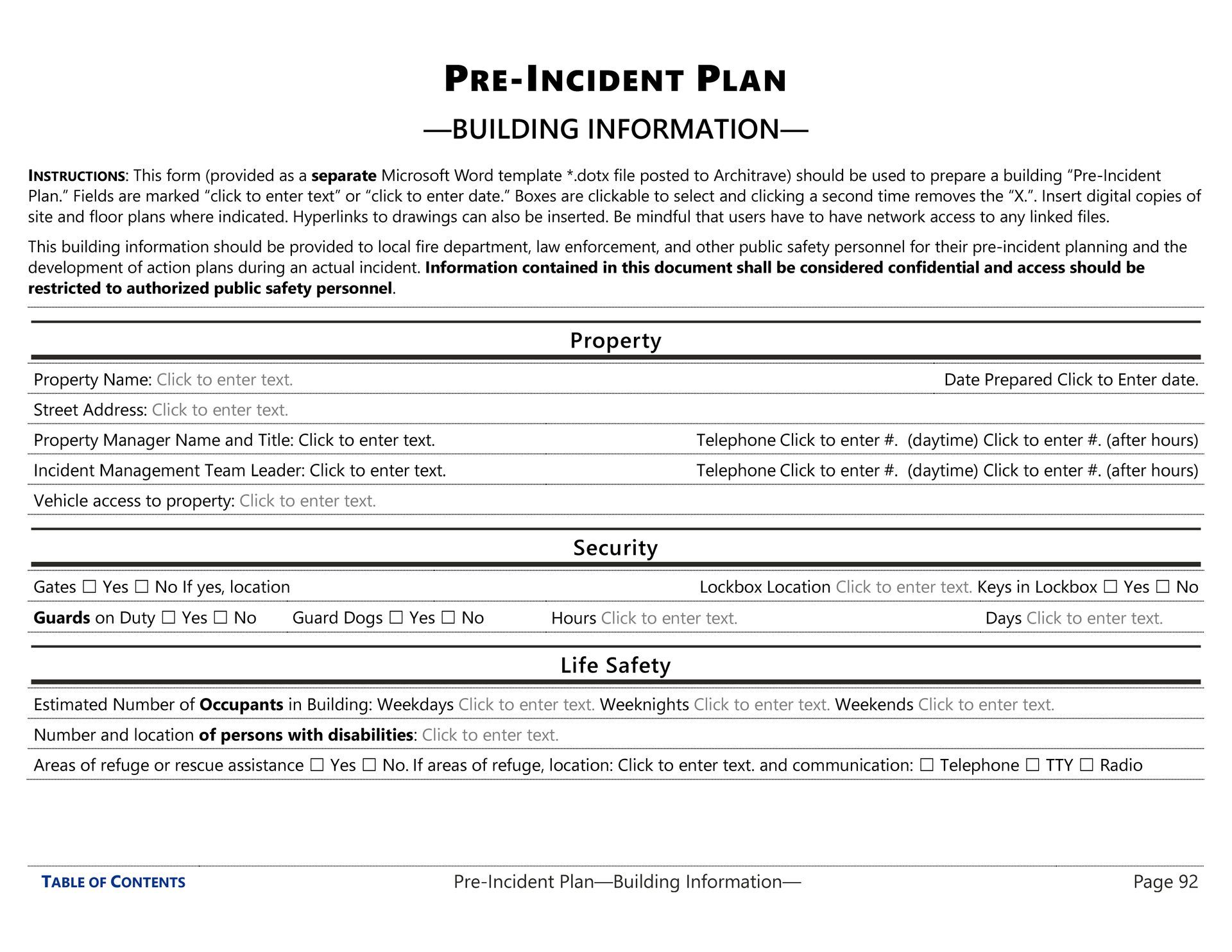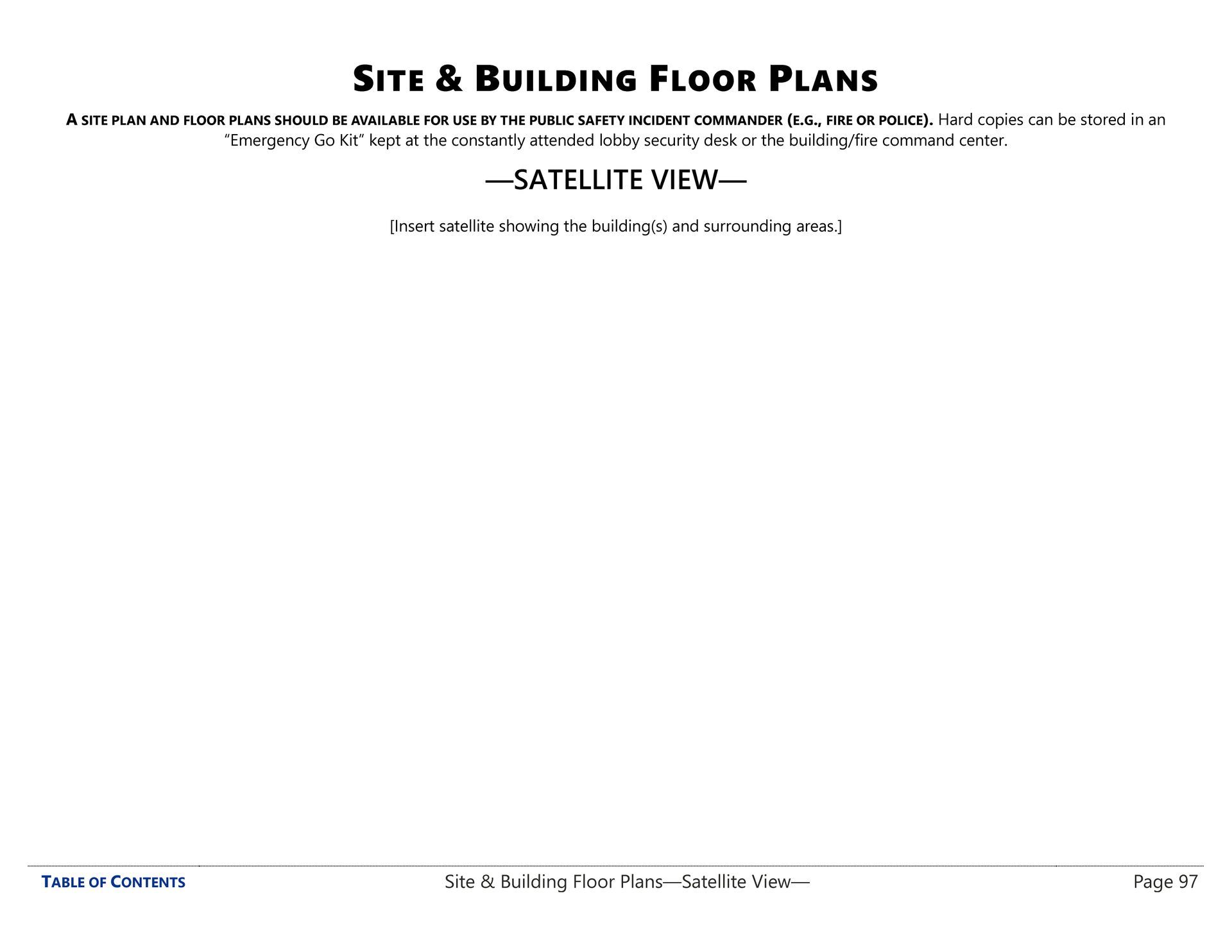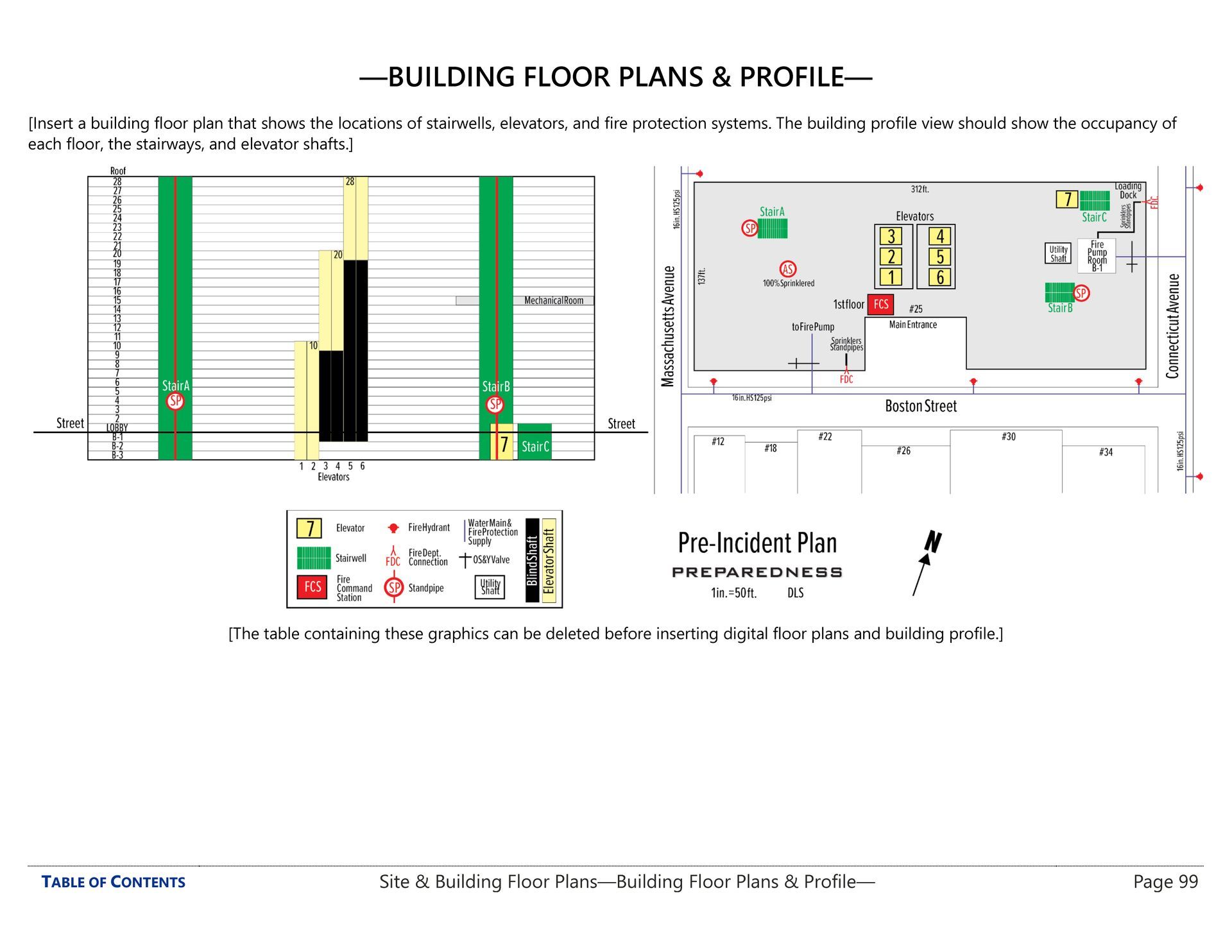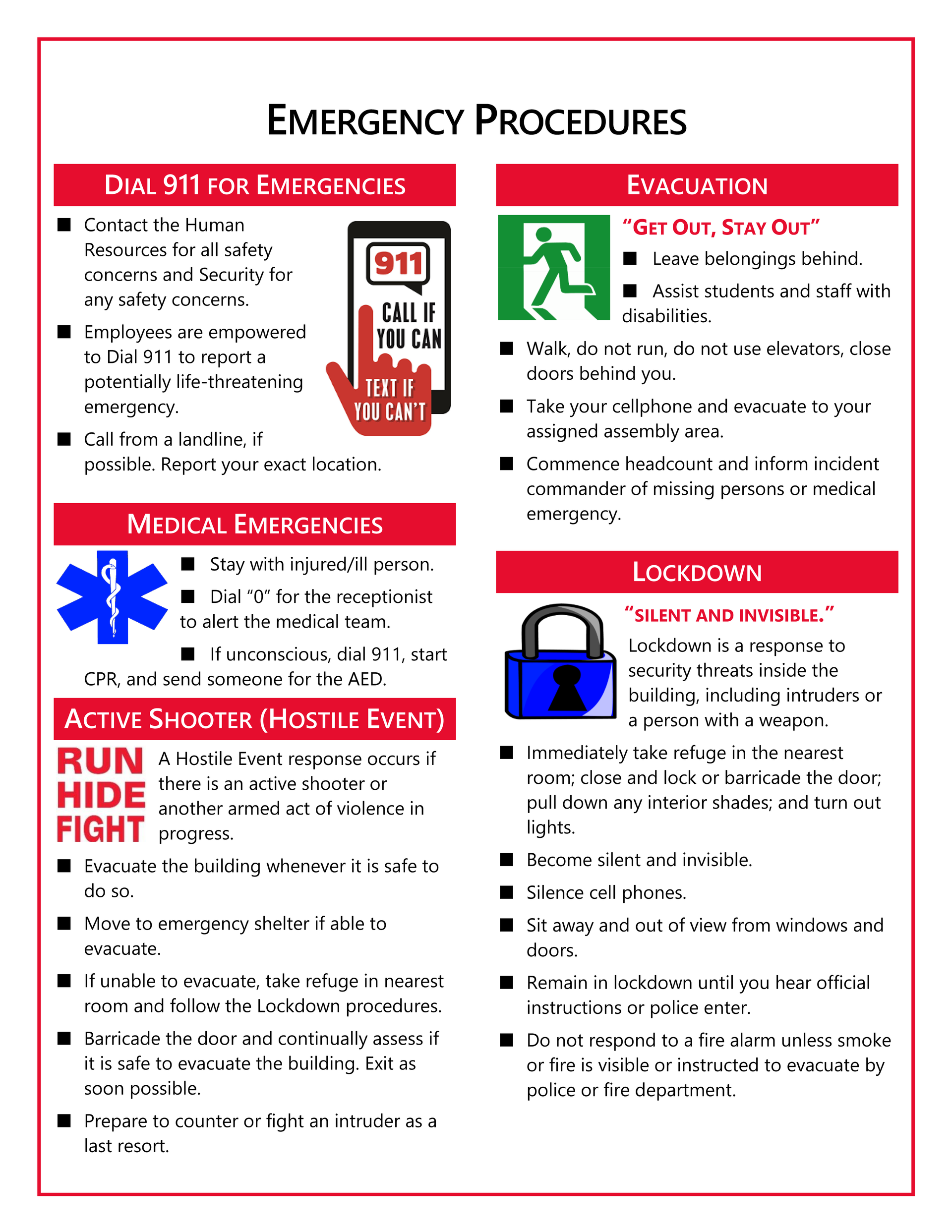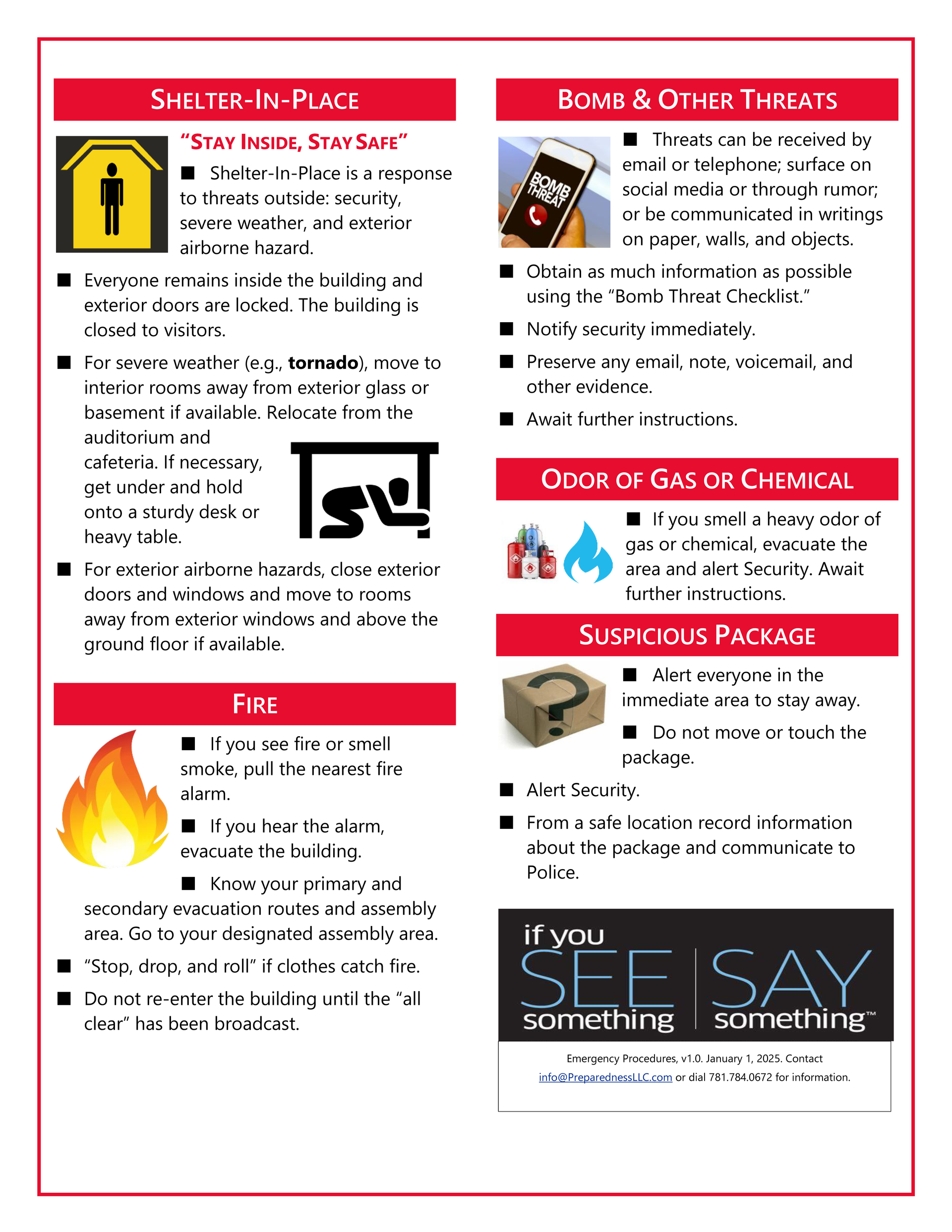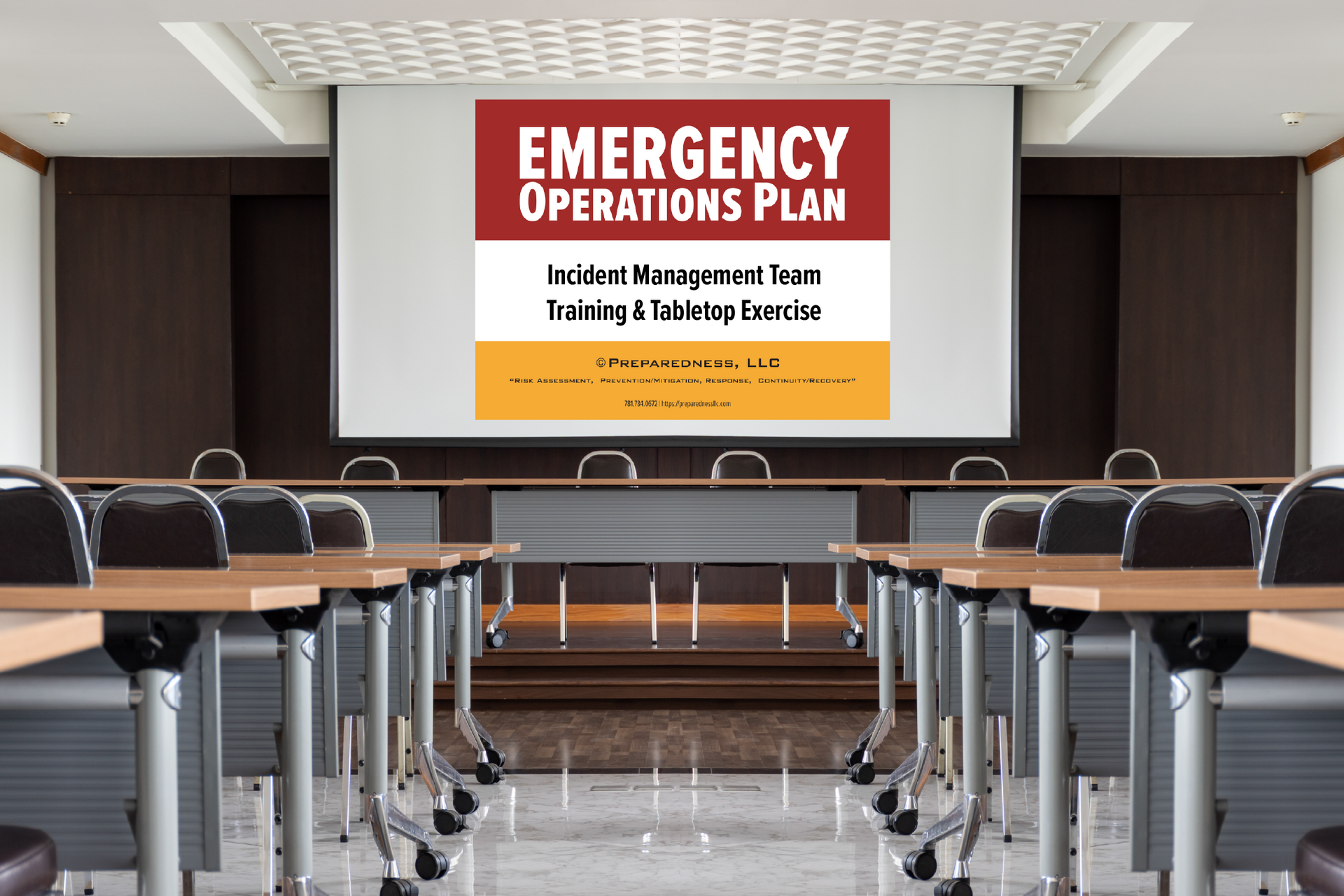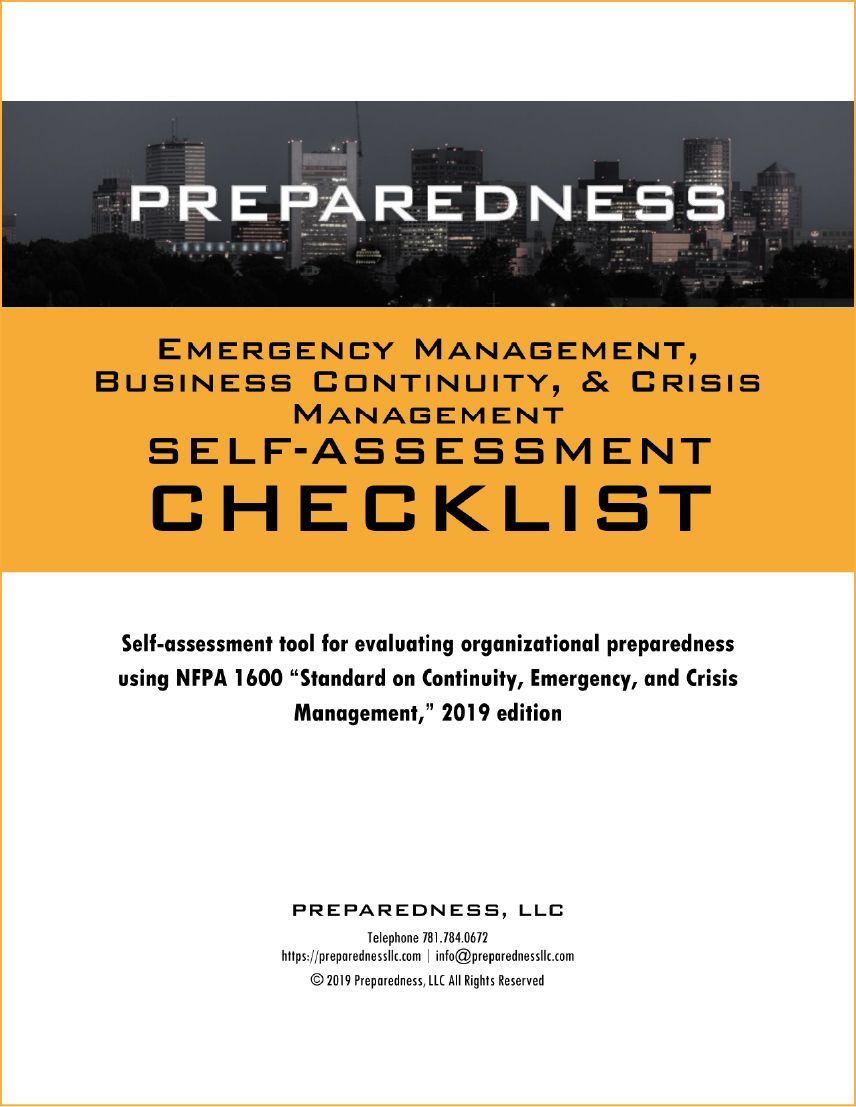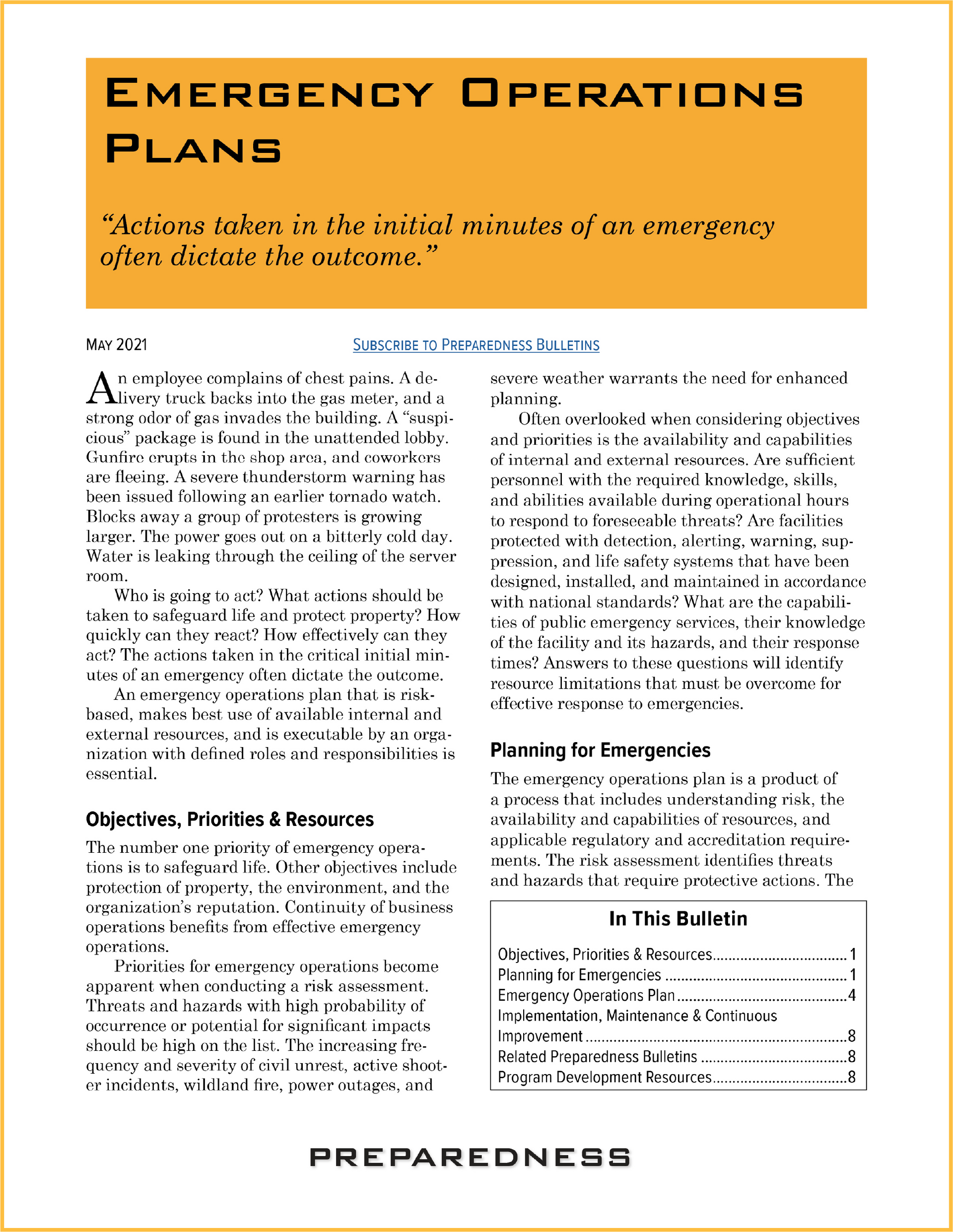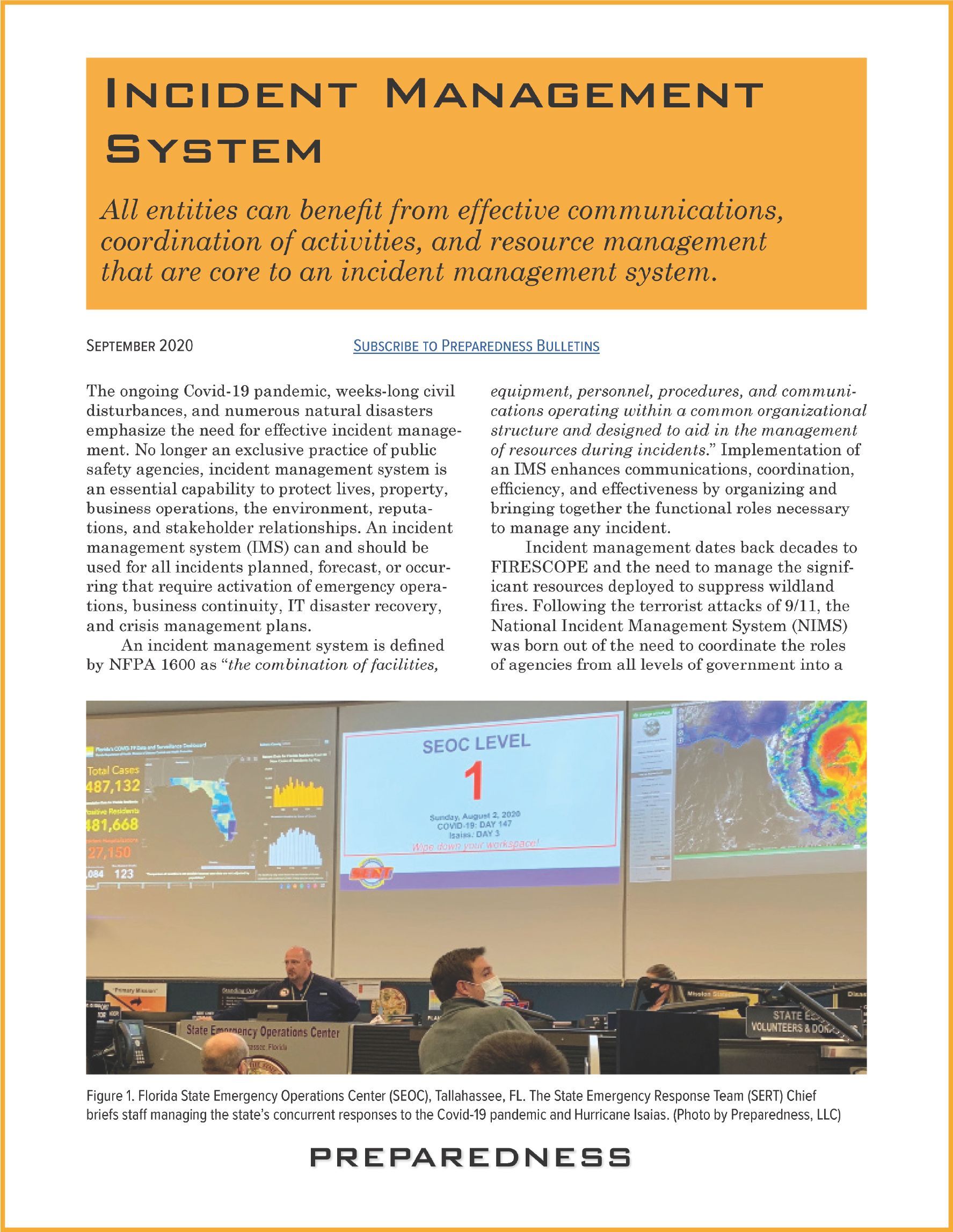Emergency Management
Preparedness, LLC develops risk-based emergency management programs for organizations, and we customize them for individual facilities. We assess threats and hazards to life, property, and operations, and we assess the availability and capabilities of internal and external resources necessary for effective response.
Gunshots are heard. The fire alarm sounds. An employee is suffering chest pains. A tornado warning is broadcast.
The list of potential threats to your employees, facilities, and operations is long. Seconds count. The actions taken in the initial minutes of an emergency often determine the outcome.
Emergency Planning
Developing emergency plans requires an understanding of foreseeable threats and hazards, regulatory requirements, and the availability and capability of internal and external emergency resources. This knowledge establishes minimum requirements and informs decisions about additional internal capabilities that may be needed. One or more teams may be required or justifiable.
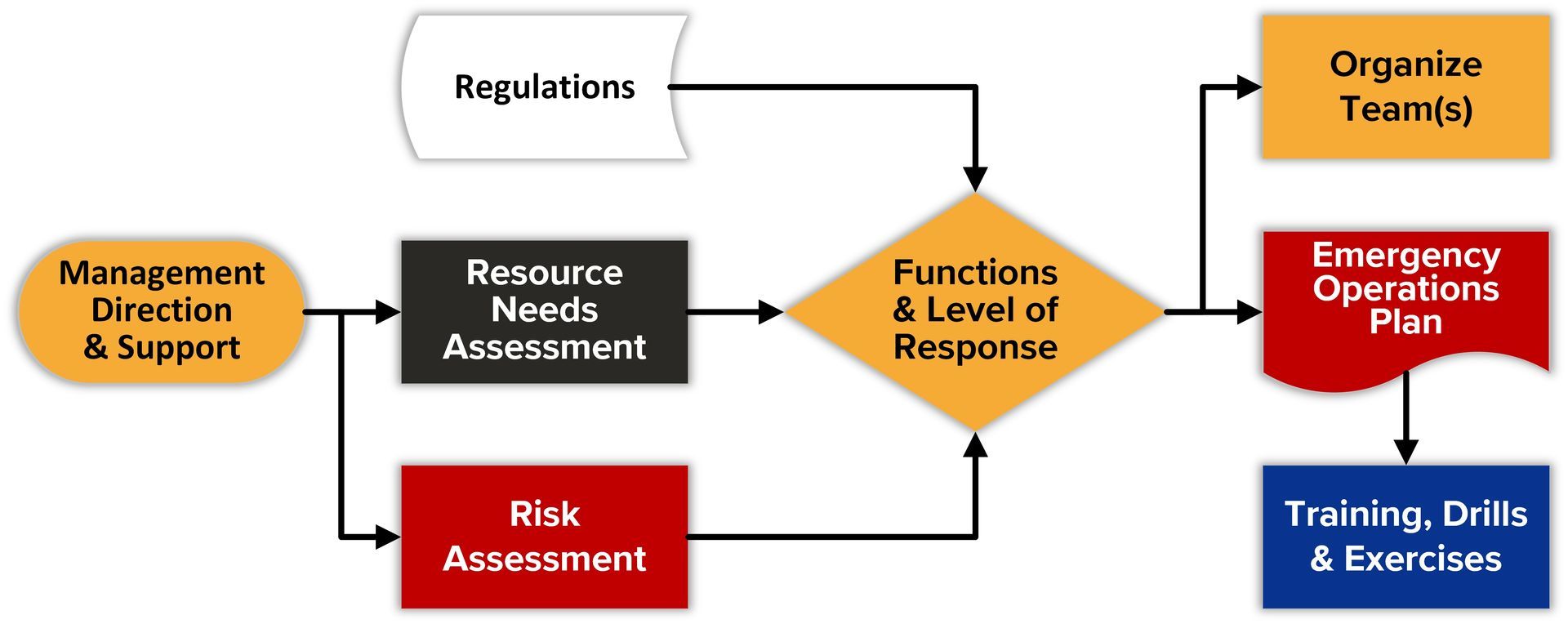
Emergency planning process overview.
Capabilities to detect threats and hazards and warn people to take protective action is a first step.
Evacuation to a safe area for accountability, shelter-in-place for multiple types of exterior hazards, and options for “active shooter” or hostile events are essential and may be required by regulations.
Medical response capabilities may or may not be required by regulations, but a standard of care has been established for access to AEDs on-site and having trained staff to respond to heart attack victims.
A
risk assessment should identify hazards and their potential impacts. The adequacy of prevention and mitigation and an understanding of the availability and capabilities of first responders should determine the functions and level of emergency response capabilities.

Preparedness, LLC assesses the availability and capabilities of personnel as well as systems and equipment that can mitigate hazards. We meet with public emergency services to determine their response time, knowledge of your facility, and capabilities to manage an incident at your facility. We present response options so your management can decide the functions of the emergency response organization and the level of response. We then design emergency organizations making best use of personnel resources and public emergency services.
Emergency Operations Plans
When an emergency occurs, the actions taken during the critical initial minutes often determines the outcome.
Every employee needs to know what to do during an emergency. Team members need to know their roles and responsibilities. Plans must be specific to the threat or hazard and actionable!
Preparedness, LLC’s emergency operations plans combine a table of contents, decision-making flowcharts, roles and responsibilities aligned with the Incident Command System, precautions, and more. Digital plans include hyperlinks on every page for navigation and to access forms and resources. Our plans are highly customizable and editable. See example pages below.
Our emergency operations plans include flowcharts for each type of hazard or threat presenting response actions, step by step. Each flowchart is supported by a page that includes precautions and defines roles and responsibilities aligned with the Incident Command System.
Plans can be fully utilized in digital format and or printed double-sided as “flipbooks.” Flowcharts guide decision-making from incident detection through incident termination. Forms and guidance for situation analysis, action plan development, and briefings are included. The content of our flipbooks (see nearby) is customized to meet the specific needs of each client.
Emergency Procedures
Employees, team leaders, and team members need information at their fingertips. Complementing our emergency operations plans, we produce one-page (single or double-sided) documents (example nearby) for distribution to all employees. Basic safety, security, incident reporting, protective actions for life safety, first aid, and threat-specific procedures can be included. We also produce small flipbooks with wire-bound stepped pages that can be commercially printed.
We also produce wallet-size cards that can be hung on ID lanyards or kept in wallets. Employee cards (below) include incident reporting and protective actions. Cards for incident management team leaders include initial incident management instructions.
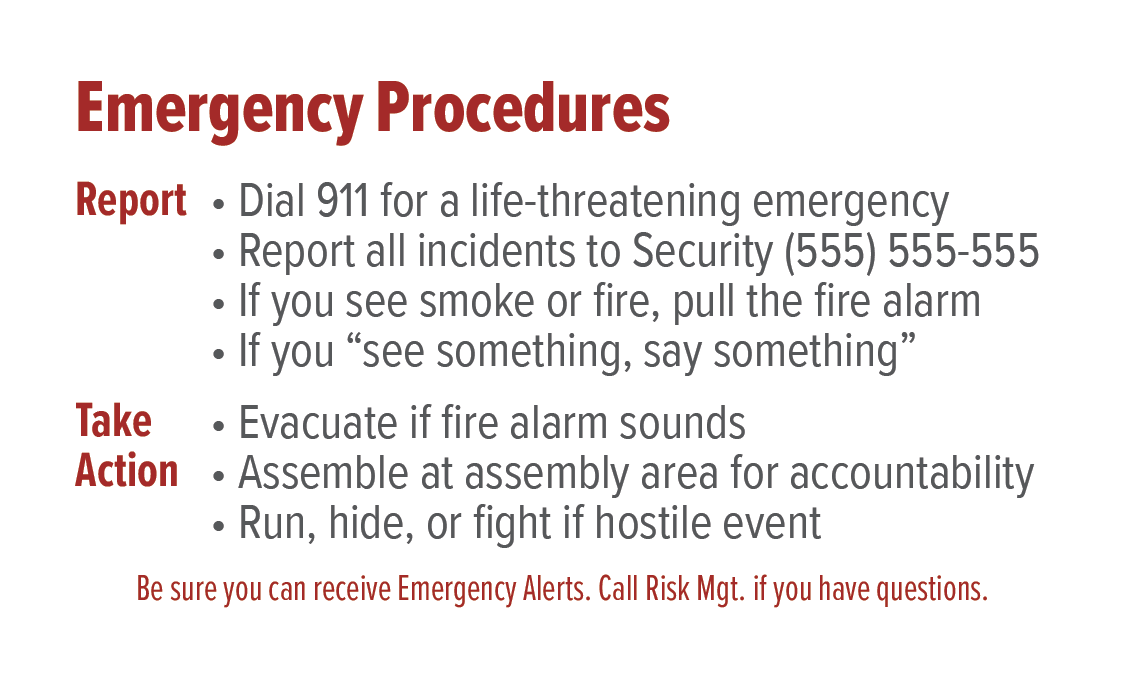
Employee Emergency Procedures (double-sided)
Training, Drills & Exercises
Emergency procedures are only as good as the knowledge, skills, and abilities of the personnel responsible for execution. They must be familiar with plans, procedures, and available resources to stabilize incidents. Leaders must be familiar with the concepts of incident command to manage incidents and work with arriving public safety. Employees need to know basic safety and security precautions, incident reporting procedures, and protective actions for life safety.
We develop training programs for leaders, teams, and employees. We design, conduct, and evaluate drills to train members of the emergency organization and building occupants so they know what to do when there is an emergency. We design and facilitate exercises with scenarios that are specific to a facility, threat profile, and emergency plans that will provoke thoughtful discussion about plans, capabilities, and resources enabling better use of plans and the identification of opportunities to strengthen the program. We provide presentation slides, “situation manuals” with scenario narrative, discussion questions, and space for capturing improvement recommendations.
Program Evaluation & Auditing
We use international standards, applicable regulations, our years of service in public safety, and more than three decades of experience working in a diverse range of industries to evaluate emergency management programs.
Our evaluations include surveys of facilities, interviews with those persons involved, and program documentation. We identify program strengths and weaknesses and write detailed recommendations for improvement.


